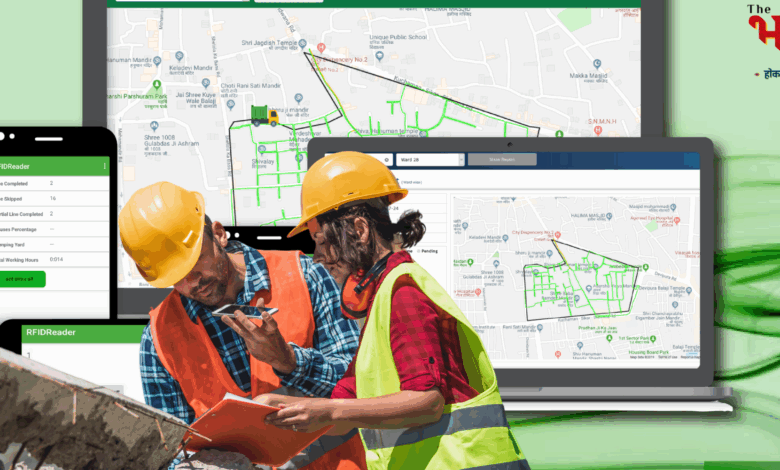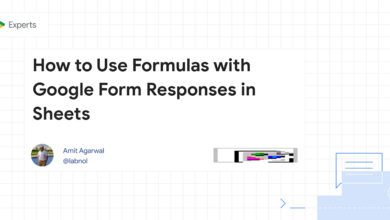WeVOIS: The Startup Turning India's Waste Crisis into Opportunity

One ordinary day on the campus of IIT Delhi, a disconcerting sight catalysed a transformative idea. A man, bypassing a clean toilet just steps away, urinated against a wall. For Abhishek Gupta, this wasn’t a fleeting moment of annoyance but the beginning of a deeper inquiry. Was this act borne out of ignorance, or did it signify a broader mistrust in public sanitation systems? That question lingered, ultimately leading to the founding of WeVOIS.
Laying the Groundwork Through Grassroots Action
At the time, Abhishek and his friend Abhinav Shekhar Vashistha were both students at IIIT Jabalpur, actively engaged in projects under the Swachh Bharat Mission. United by a shared curiosity about sanitation failures, they built a prototype mobile app in 2017 to locate nearby toilets and dustbins. What began as a simple solution became an ambitious pursuit: transforming waste management in India.
<div class="externalHtml embed" contenteditable="false" data-val="” align=”center”>
The Name, The Mission, The Vision
Founded in 2018 in Jaipur, WeVOIS stands for “We, to see” — symbolising collective awareness and responsibility. Starting operations in Sikar, a city plagued by poor cleanliness ratings, the startup quickly became a testbed for scalable sanitation innovations.
Their mission is bold: to build 100 zero-waste cities by 2029, leveraging their in-house IoT platforms, real-time data insights, and community-centric strategies. At the heart of this vision is the dignification of sanitation workers, community behaviour change, and robust support for municipal systems.
Team, Structure, and Scalability
Co-founders Abhishek Gupta (CEO), an IIM Ahmedabad alumnus, and Abhinav Shekhar Vashistha (CTO), a Forbes Asia and India 30 Under 30 honoree, lead a dynamic team of over 350 professionals and 1,900 empowered sanitation workers across 25 cities. From engineering and operations to sales and community engagement, WeVOIS functions as a full-stack urban sanitation company.

Their scalable model includes IoT-enabled waste collection, decentralised Material Recovery Facilities (MRFs), and rural waste management services delivered through Rural Smart Village Centres (RSVCs). These innovations support their expansion into both urban and rural India.
Solving an Overlooked Problem with a Holistic Solution
India generates 160,000 metric tonnes of daily waste, yet suffers from poor segregation, outdated infrastructure, and minimal tech adoption. WeVOIS addresses these gaps through:
- Tech-enabled waste collection guided by standardized operating procedures (SOPs)
- Community awareness campaigns through IEC programs
- Empowerment and upliftment of sanitation workers
- Transparent, data-driven urban governance
A Proven Model of Impact and Recognition
With operations spanning over 25 cities, WeVOIS processes more than 6 lakh tonnes of waste annually, positively impacting the lives of 42 lakh citizens. Its tech-enabled, human-centred approach has earned accolades from the Government of India, Forbes India, CSRBOX, and the Maharashtra Innovation Society.

Extending its vision beyond urban centres, WeVOIS is also pioneering Rural Smart Village Centres (RSVCs) to address sanitation gaps across India’s 650,000+ villages. These decentralised hubs enable composting, waste segregation, and behavioural change while generating employment, particularly in underserved rural communities.

Reflecting on their journey, co-founders Abhishek and Abhinav offer a message to aspiring entrepreneurs: “Don’t wait for perfect conditions. Start where you are. Build boldly. Stay grounded in solving real problems.”
Looking Ahead: 2029 and Beyond
In the next five years, WeVOIS aims to scale to 200 cities, rural waste management services through 500 RSVCs, and build next-gen infrastructure like AI-powered MRFs and textile recycling units. International pilots are also on the horizon, positioning WeVOIS as a model for emerging economies.






